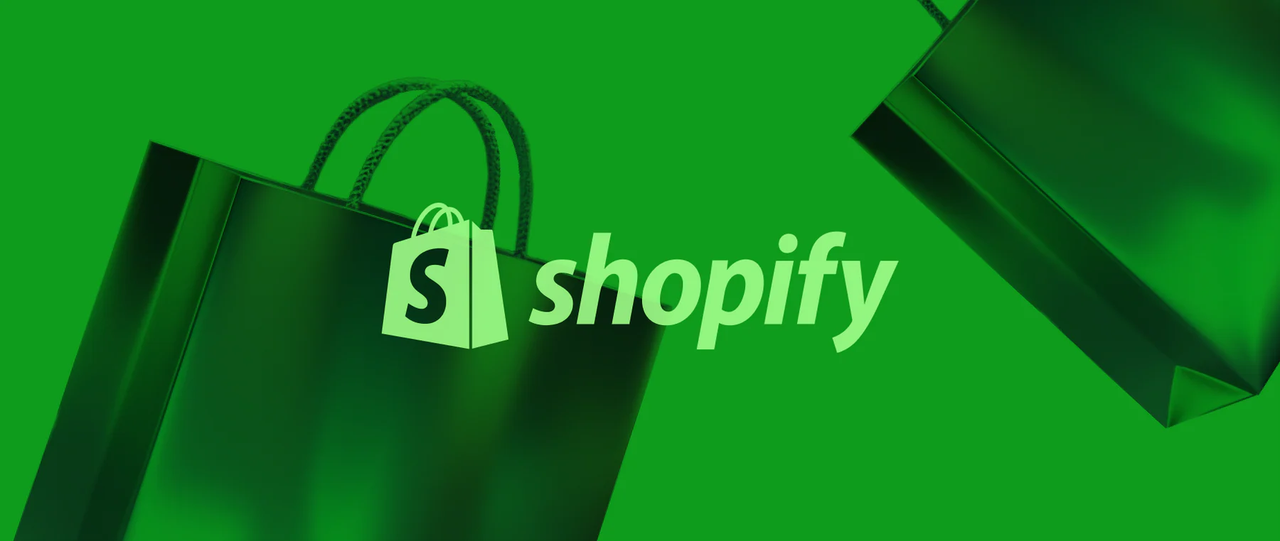Images are the lifeblood of any Shopify store. They showcase products, enhance the website’s visual appeal, and directly influence conversions. However, without proper optimization, images can slow down your store, frustrate users, and even harm SEO rankings.This guide provides practical strategies and recommended sizes to ensure your Shopify store images are fast, crisp, and effective.
Why Image Optimization Matters
- Page speed: Pages that take longer than 3–6 seconds to load can lose over 50% of visitors.
- Conversions: High-quality, fast-loading images improve customer trust and boost sales.
- SEO: Optimized images with proper ALT text and filenames help your store rank higher in search results.
In short, image optimization balances clarity, performance, and search visibility.
Recommended Shopify Image Sizes
| Image Type | Recommended Size | Aspect Ratio | Best File Format | Max File Size |
| Product Main Image | 2048 × 2048 px | 1:01 | JPG / WebP | ≤500 KB |
| Product Detail / Zoom | 1200 × 1200 px | 1:01 | JPG / WebP | ≤500 KB |
| Homepage Banner / Hero | 1920 × 1080 px | 16:09 | JPG | ≤800 KB |
| Collection Page Cover | 1024 × 1024 px | 1:01 | JPG / PNG | ≤500 KB |
| Blog Featured Image | 1200 × 630 px | 3:02 | JPG | ≤500 KB |
| Logo | 400 × 200 px | Depends on theme | PNG / SVG | ≤300 KB |
| Slideshow Images | 1800 × 1000 px | 16:09 | JPG | ≤800 KB |
| Mobile Banners | 1080 × 1080 px | 1:1 or 9:16 | JPG / WebP | ≤500 KB |
Pro Tips:
- Keep product images consistent in ratio and style.
- Use higher resolution for zoomable product images (≥1000 px).
- Backgrounds should remain simple and uniform for a professional look.
Image Compression & Optimization Tools
Proper compression reduces load time without sacrificing quality. Here are some popular tools:
| Tool | Features | Cost | Best For |
| TinyPNG / TinyJPG | Batch compression, good quality retention | Free up to 20 images/day; paid version unlimited | Beginners & small stores |
| Squoosh | Adjustable compression ratio, format conversion | Free | Precision control over image quality |
| Compressor.io | One-click compression, supports JPG/PNG/WebP | Free | Quick and simple optimization |
| Kraken.io | Batch upload, API support | Free trial / Paid | Professional stores & bulk optimization |
| ImageOptim (Mac) | Desktop drag & drop compression | Free | Mac users |
| BulkResizePhotos | Resize + compress images in bulk | Free | Stores with large image catalogs |
Best practice: Resize images first (e.g., 2048 × 2048 for product images), then compress with TinyPNG or Squoosh for maximum performance.
Practical Shopify Image Optimization Strategies
- Product Pages
- Main images: 2048 × 2048 px, 1:1 ratio.
- Include multiple angles and zoomable shots.
- Keep lighting, background, and style consistent.
- Homepage Banners & Slideshow
- Use high-resolution horizontal images (1920 × 1080 px).
- Keep text/buttons in safe zones to prevent cropping on mobile.
- Collection Pages
- Uniform 1024 × 1024 px covers.
- Cohesive color schemes and style across collections.
- Logo & Favicon
- PNG or SVG with transparent background.
- Favicon typically 32 × 32 px; Shopify will auto-generate different sizes.
SEO Optimization for Images
- File naming: Use descriptive, keyword-rich filenames, e.g.,
red-women-summer-dress.jpg. - Alt text: Describe images clearly, including product details and main keywords, e.g., “Women’s red summer dress front view.”
- Consistency: Keep naming conventions and alt text format consistent across the store.
Common Pitfalls & Fixes
- Blurry images: Often caused by low-resolution uploads (<800 px) or over-compression (<60% JPG quality).
- Slow load times: Large uncompressed images; solution: WebP format and lazy-loading.
- Mobile cropping: Core content should be centered with sufficient padding; adjust hero images according to theme requirements.
Image Management & Updates
- Regularly remove unused images to reduce server load.
- Update key product images quarterly for freshness.
- Use AI tools for batch background removal and optimization when managing large catalogs.
Key Takeaways
- Product images: 2048 × 2048 px, 1:1 ratio.
- Homepage banners: 1920 × 1080 px, 16:9 ratio.
- Logo: PNG / SVG.
- File size: ≤500 KB for most images.
- Use compression tools like TinyPNG + Squoosh for best results.
- Maintain consistent style, lighting, and aspect ratio across the store.
Optimized images improve page speed, conversions, and SEO — they are an essential part of a professional Shopify store.


